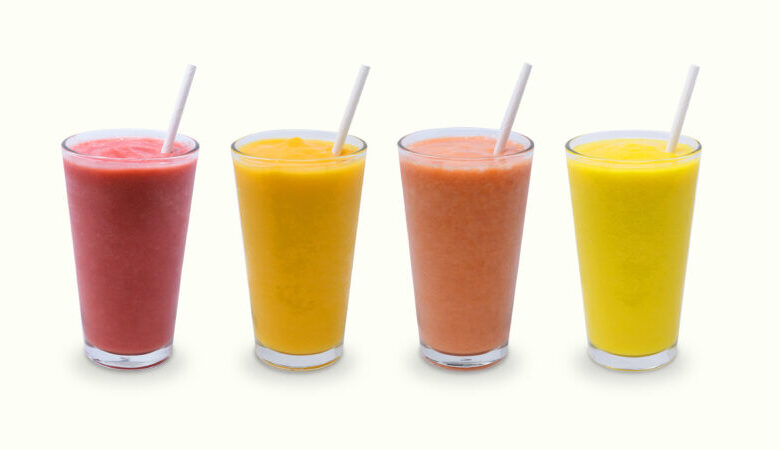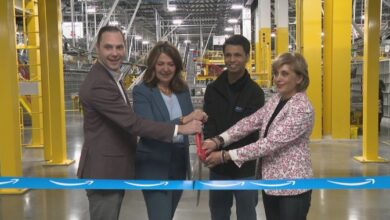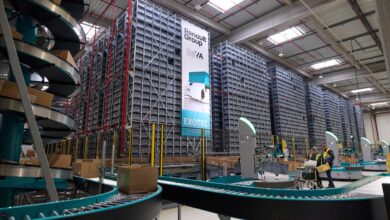Robotics give beverage manufacturers a competitive edge

Many Canadian beverage makers are looking for new ways to increase their competitiveness, and some are considering robots. These machines can streamline operations by complementing human productivity, reducing error rates, and allowing companies to diversify their product lines.
Robot utilization on the rise
When Canadian decision-makers weigh the pros and cons of adding robots to their workflows, many wonder if these advanced machines can fit into their budgets. Fortunately, some robotics vendors prioritize affordability in their business models.
For example, Formic Robotics is an Illinois-based company that offers by-the-hour contracts that allow manufacturers to pay for their robots only after they’re installed and operational. According to a report in the Wired, Polar Manufacturing, which uses Formic’s technology, found the solution costs the equivalent of US$8 an hour to run, making it less expensive than hiring a person to do the job.
Additionally, statistics published by the International Federation of Robotics in 2024 showed the world hit a record of 3.9 million operational robots in 2022. The report indicated the world average for robot implementation is 151 machines installed per 10,000 employees. However, Canada’s rate is slightly higher, at 198 robots per 10,000 workers.
Since robots are becoming more affordable and easier to obtain, some Canadian beverage manufacturers are beginning to realize investing in these machines could help them stay competitive in a challenging and changing market. Some can also gather real-time analytics from the machines and use the statistics to achieve continuous improvement.
Cyberworks Robotics’ autonomous self-driving technology automates manual tow tugs and forklifts without making any changes to the infrastructure of a facility. Photo © Canadian Food Innovation Network
Achieving better output
Some decision-makers choose robots to help them with repetitive tasks, such as bottling. That approach gives them better consistency, and allows factories to boost overall output.
In 2023, Coca-Cola announced a $70 million investment for a Calgary bottling plant. It will result in a new high-density warehouse on an existing property, and the building will have the company’s first automated storage and retrieval system. The 60,000-sf warehouse will have enough room to store 19,000 pallets of products.
Some Canadian brewers have also budgeted for robotic canning solutions. Ross Alger, owner of Alberta’s Confluence Distillery, uses a 14-sf machine that can fill 45 cases per hour. He appreciates how the robot’s compact size supports his company’s output.
He says employees only need to can a small percentage of the overall product amount made yearly and do it just a few times per month. That meant a larger system didn’t make sense from a floor space or financial standpoint.

Formic Robotics offers by-the-hour contracts, which allows manufacturers to test out at the technology in an affordable manner. Photo © CNW Group/Nulogy Corporation
Tackling labour shortages
It’s also becoming more common for people in the beverage industry to rely on robots for moving heavy loads, such as cartons and pallets of ready-to-ship drinks. Self-driving forklifts reduce the number of people needed to do those jobs while minimizing injuries. Ontario’s Cyberworks Robotics provides technology that turns manual tow tugs and forklifts into fully automated vehicles without changing a facility’s infrastructure. The company received $227,946 from the Canadian Food Innovation Network (CFIN) to pilot test their technology in a live F&B facility.
Tow tugs and forklifts usually require humans to steer and pull them. However, labour shortages make it difficult to fill these handling-related manufacturing roles. A June 2023 Canadian labour market report found many respondents are anticipating challenges related to finding and keeping employees. Among the surveyed groups, manufacturing businesses were most likely (over 48 per cent) to expect issues around finding skilled workers.
Self-driving robots can’t wholly solve this issue. However, they can certainly help by accomplishing tasks with fewer people and easing the challenges caused by personnel absenteeism due to injury or other issues.
Reducing manufacturing waste
As consumers and producers alike become more focused on waste reduction, many are interested in making new, viable products from ingredients that are generally discarded. Ontario’s Dairy Distillery makes vodka from milk permeate, a dairy industry byproduct. The company invested in a partially automated solution to improve its labelling process. Its previous equipment had a 50 per cent error rate, and employees needed at least five minutes per bottle to fix the issue if they noticed it during packaging.
The company now uses a machine-vision camera system that automatically detects the label’s elements and shows the manufacturing worker a real-time image on a grid. That person uses those details to ensure they place the label squarely on the container. This approach addresses wasted time and labels. Another aspect of the company’s automation investment involves a quality control app that automatically recognizes in-tolerance label positioning and assigns a pass or fail grade.
Some manufacturers also use other high-tech solutions, such as sensors that can tell when food has spoiled or is in an environment where spoilage will happen without proactive measures.
Vancouver-based Trendi is a robotics and agritech startup that uses a different method of waste reduction. Its system consists of two main components. The first is BioTrim, an autonomous mobile freeze-drying unit that converts fruits and vegetables unfit for sale in their current conditions into shelf-stable products. These units can be used onsite, at manufacturing plants or farms. The second aspect of the business model is the Smoothie Machine. This automated vending device uses upcycled produce to create smoothies on demand.
These examples are only a sampling of the exciting things possible when Canadian manufacturers apply robots to their beverage-making processes. Individuals interested in taking similar approaches in their factories will get the best results by customizing their efforts according to goals, plans, budgets, and current workforce size.
They should not consider a small production output an automatic barrier to robot use. After all, Dairy Distillery produces a relatively small average of 1,500 bottles per day, but leaders there still found various processes to automate. Decision-makers should also set and track metrics to keep everyone motivated and working toward the same goals. These strategies increase the chances of successful robotics integrations.
This article was originally published in the April/May 2024 issue of Food in Canada.



